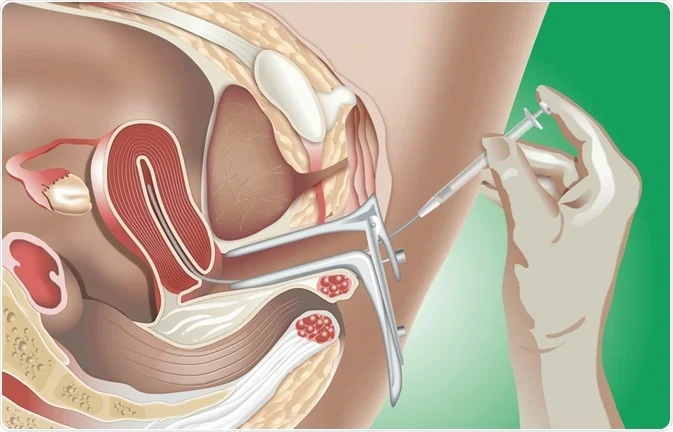In Vitro Fertilization (IVF) is a fertility treatment that allows individuals to grow multiple eggs, known as oocytes, simultaneously. The process begins with the extraction of these eggs from the ovaries through a procedure called egg retrieval. Once retrieved, the eggs are fertilized with sperm in a specialized IVF laboratory. This groundbreaking technique was first successfully applied to human infertility back in 1977 at Bourne Hall in Cambridge, England, and since then, it has led to the birth of countless babies worldwide.
As time has progressed, the methods used in IVF have become more streamlined, safer, and effective. After fertilization, the resulting embryos are cultured for several days outside the body, and one or more are then transferred back into the uterus in a procedure called embryo transfer, which aims to achieve pregnancy. There are various protocols for IVF, and your healthcare provider will determine the most suitable approach for you. To give you a better understanding, let’s walk through the consistent stages of an IVF cycle.
1. Ovarian Stimulation
The ovarian stimulation phase typically starts with the beginning of your menstrual cycle. During this stage, patients usually take 2-3 injections each day to stimulate the ovaries to produce multiple eggs. This is an essential part of the IVF process, and it sets the foundation for successful fertilization later on.
If you’re curious about alternative methods, check out this blog post, which explores different options. Additionally, for those looking to enhance their chances of conception, Make a Mom provides great insights on fertility supplements. If you’re considering IVF or looking for more information on fertility treatments, March of Dimes is a fantastic resource for pregnancy and home insemination.
In summary, IVF is a multifaceted procedure involving ovarian stimulation, egg retrieval, and embryo transfer, all designed to assist individuals in achieving pregnancy. With advancements in technology and techniques, IVF has become a viable option for many couples facing infertility challenges.

